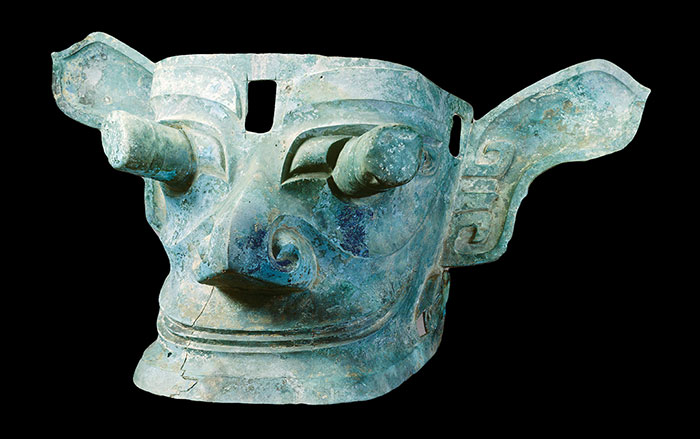
YAMAGATA, JAPAN—Researchers from Yamagata University think that the Nazca Lines may have been created by two separate groups of people living in Peru’s desert who may have changed their usage of the images over time. The team, led by Masato Sakai, has uncovered 100 images and analyzed their location, style, and method of construction. Four different styles of geoglyphs that tended to be grouped together along different routes that led to the Cahuachi temple complex were identified. Some of the images were made by removing rocks from the interior of the shapes, and others were made by removing the border. The glyphs found along a route that started near the Ingenio River may have been created by people who lived in the Ingenio Valley. Other images depicting supernatural beings and trophy heads were concentrated near the road to Cahuachi in the Nazca Valley and were probably made by a group of people from that region. A third group of images, perhaps made by both groups, was found on the Nazca Plateau, between the two cultures. Glyphs made up until A.D. 200 were probably intended to be seen from the ritual pathways. After A.D. 450, people may have smashed pots on the ground where lines intersect as part of a ritual. “Even after the collapse of the Cahuachi temple, trapezoids and straight lines continued to be made and used,” Sakai told Live Science. In addition, Kiyohito Koyama, the president of Yamagata University, recently met with Diana Alvarez Calderon, Peru’s Minister of Culture, to sign an agreement on academic cooperation and preservation of the Nazca Lines. To read more about archaeology in the Andes, see "The Water Temple of Inca-Caranqui."










